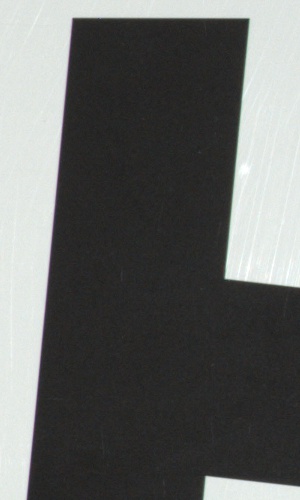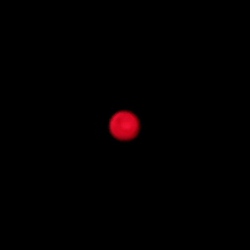Viltrox AF 13 mm f/1.4 XF
5. Chromatic and spherical aberration
Chromatic aberration
It wasn't easy to correct chromatic aberration with such extreme parameters of the lens. In case of the longitudinal variant of this aberration Viltrox optics specialists did a really good job – photos below don't show almost any trace of it. |

Please Support UsIf you enjoy our reviews and articles, and you want us to continue our work please, support our website by donating through PayPal. The funds are going to be used for paying our editorial team, renting servers, and equipping our testing studio; only that way we will be able to continue providing you interesting content for free. |
- - - - - - - - - - - - - - - - - - - - - - - - - - - - - - - - - - - - - - - - - - - - - - - -
As you see this aberration almost completely doesn't depend on the aperture values and it keeps a very low level of 0.03% everywhere. It seems correction of both variants of chromatic aberration is a strong point of the new Vlitrox – a round of applause!
| Fujifilm X-T2, RAW, f/1.4 | Fujifilm X-T2, RAW, f/4.0 |

|

|
Spherical aberration
In the first photos of this chapter you can notice distinct focus shift. When passing from f/1.4 to f/2.0 the depth of field shifts noticeably dowards bigger distances, a classic symptom of bad correction of spherical aberration.Still it is difficult to check the proper level of this aberration by looking at defocused circles of light because they are too small to allow us to draw any binding conclusions. The only thing that we can say that you notice some differences in the brightness of the rim – and that's it. The size of the circles prevents us to state anything more.
| Fujifilm X-T2, f/1.4, before | Fujifilm X-T2, f/1.4, after |

|

|






